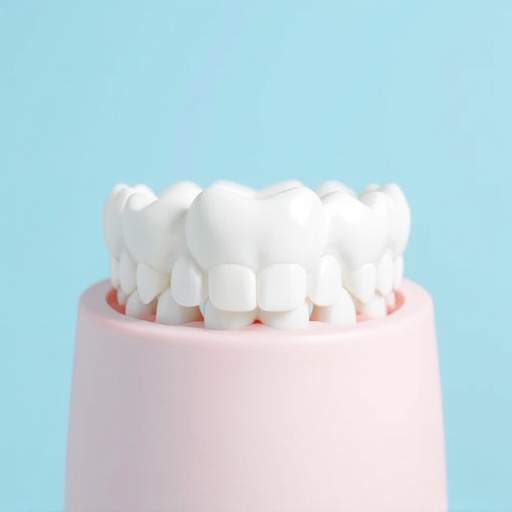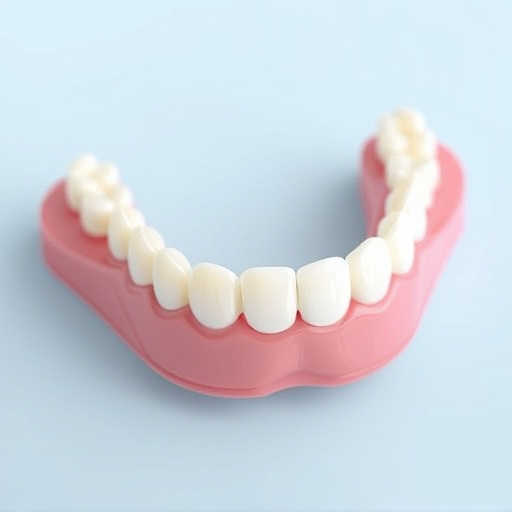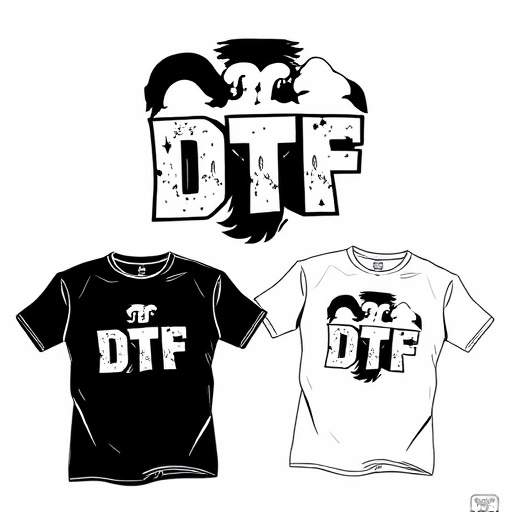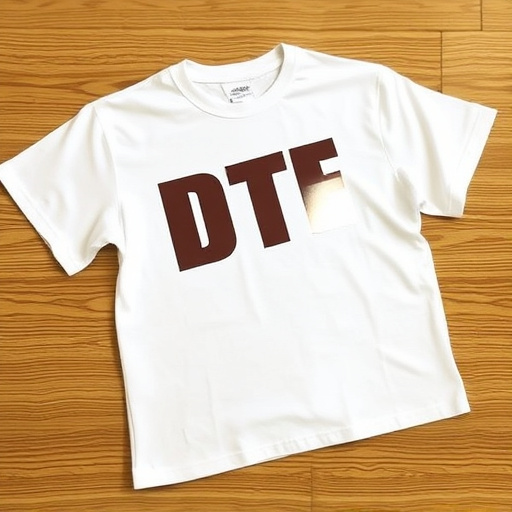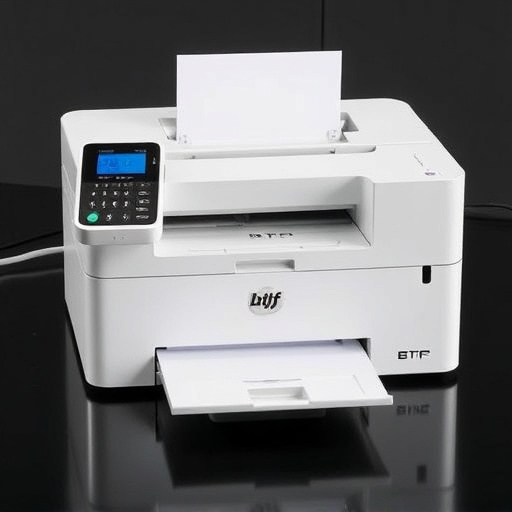Proper care and storage of DTF print sheets is crucial for maintaining their quality. Store them in cool, dry conditions away from sunlight, handle with care to avoid fingerprints, and use airtight, light-tight containers to shield against dust, humidity, and UV rays. Organize storage areas logically and use acid-free envelopes or folders with plastic sleeves like mylar or polypropylene for enhanced protection during transit. Employ acid-free dividers when stacking to prevent curling, ensuring sheets remain pristine for future use in custom garment printing.
“Maximize the lifespan of your DTF print sheets with expert storage and packaging techniques. This comprehensive guide delves into the essential practices for preserving the integrity of these valuable resources. From understanding the basics of DTF print sheets and their care to exploring optimal storage solutions and effective packaging techniques, you’ll discover strategies to prevent damage and ensure long-lasting quality. Implement these tips to elevate your DTF printing experience.”
- Understanding DTF Print Sheets: Basics and Care
- Optimal Storage Solutions for Longevity
- Effective Packaging Techniques to Prevent Damage
Understanding DTF Print Sheets: Basics and Care

DTF print sheets are a game-changer when it comes to creating custom designs on garments and other materials. These sheets allow for precise and detailed transfers, making them a favorite among professionals in the garment printing industry. Understanding the proper care and storage of DTF print sheets is essential to maintaining their quality and ensuring optimal performance during the printing process.
Each DTF print sheet is designed with a specific purpose: to enable accurate heat transfer of designs onto fabrics. They typically consist of a release layer, a base film, and a protective top coat. When storing these sheets, it’s crucial to keep them in a cool, dry place away from direct sunlight or extreme temperatures. Additionally, proper handling is key; avoid touching the sensitive surface directly to prevent fingerprints and maintain the sheet’s integrity for future use. This careful consideration ensures that your DTF printing experience remains seamless and produces high-quality dtf prints.
Optimal Storage Solutions for Longevity
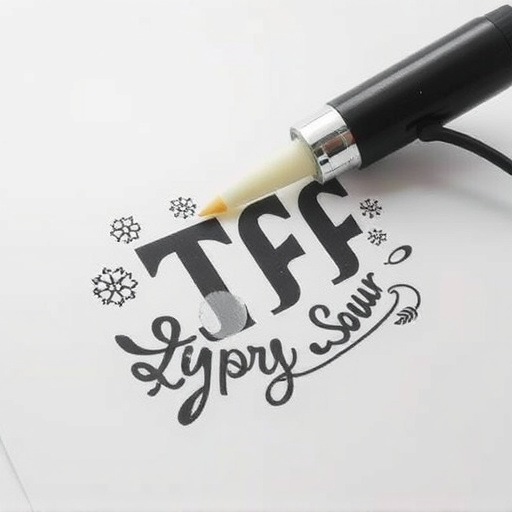
To ensure the longevity of your DTF print sheets, it’s crucial to invest in optimal storage solutions. One effective method is to utilize airtight, light-tight containers designed specifically for storing graphics and printing materials. These containers protect against environmental factors like dust, humidity, and UV rays, which can degrade the quality of your DTF transfer film over time. By keeping your sheets secure within these containers, you mitigate the risk of damage or discoloration, thus extending their lifespan.
Additionally, consider arranging your storage area logically to facilitate easy retrieval. Stacking and labeling sheets properly ensures that you can quickly access the right DTF transfer or custom sheet when needed for your heat pressing designs onto garments. This organized approach not only saves time but also contributes to maintaining the integrity of your materials, further enhancing their longevity.
Effective Packaging Techniques to Prevent Damage

Proper packaging is an integral part of ensuring your DTF print sheets remain in pristine condition during storage and transportation. The primary goal is to shield them from physical damage, environmental factors, and moisture that can compromise their quality. Start by using sturdy, acid-free envelopes or folders designed specifically for storing prints. These materials create a protective barrier against scuffs, tears, and punctures.
For added security, consider encasing each DTF print sheet in plastic sleeves, such as mylar or polypropylene. This extra layer provides insulation against humidity, prevents the transfer of oils and stains, and protects against UV rays that can cause fading. When stacking sheets, use acid-free dividers to maintain their flatness and prevent curling, ensuring they remain unmarred for future use, especially when creating logos DFT for clothing brands or applying dtf transfers.
Proper packaging and storage of DTF print sheets are essential to maintain their quality and longevity. By understanding the basics of DTF print sheet care, utilizing optimal storage solutions, and employing effective packaging techniques, you can ensure these valuable assets remain in pristine condition for extended periods. Adhering to these best practices is crucial for both personal projects and professional operations involving DTF printing.




